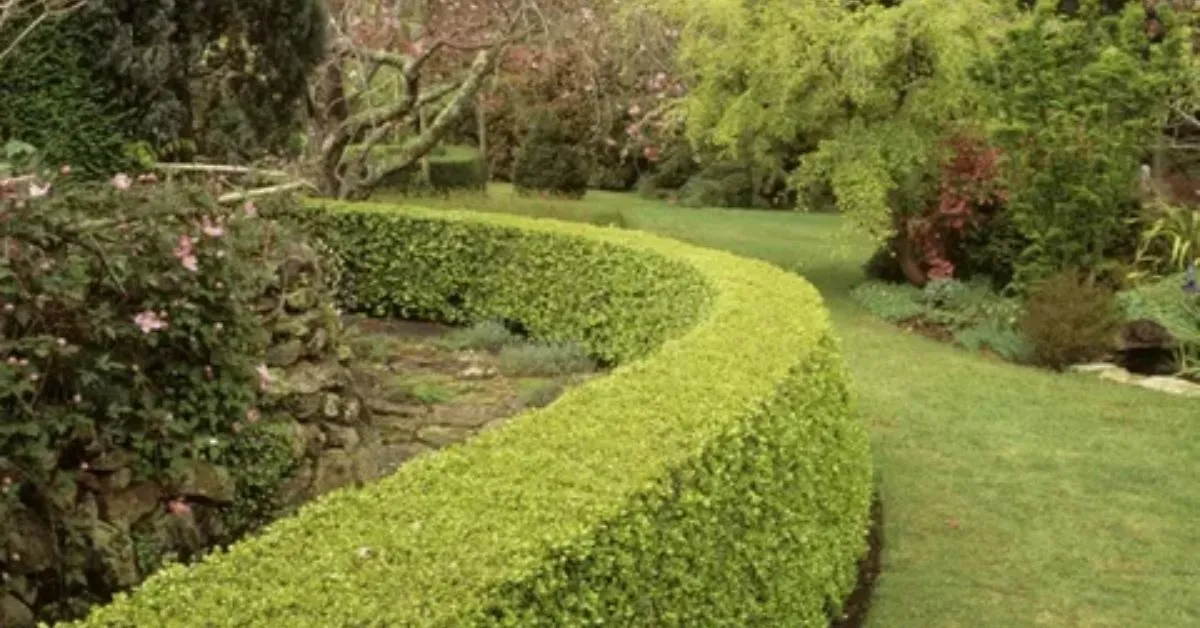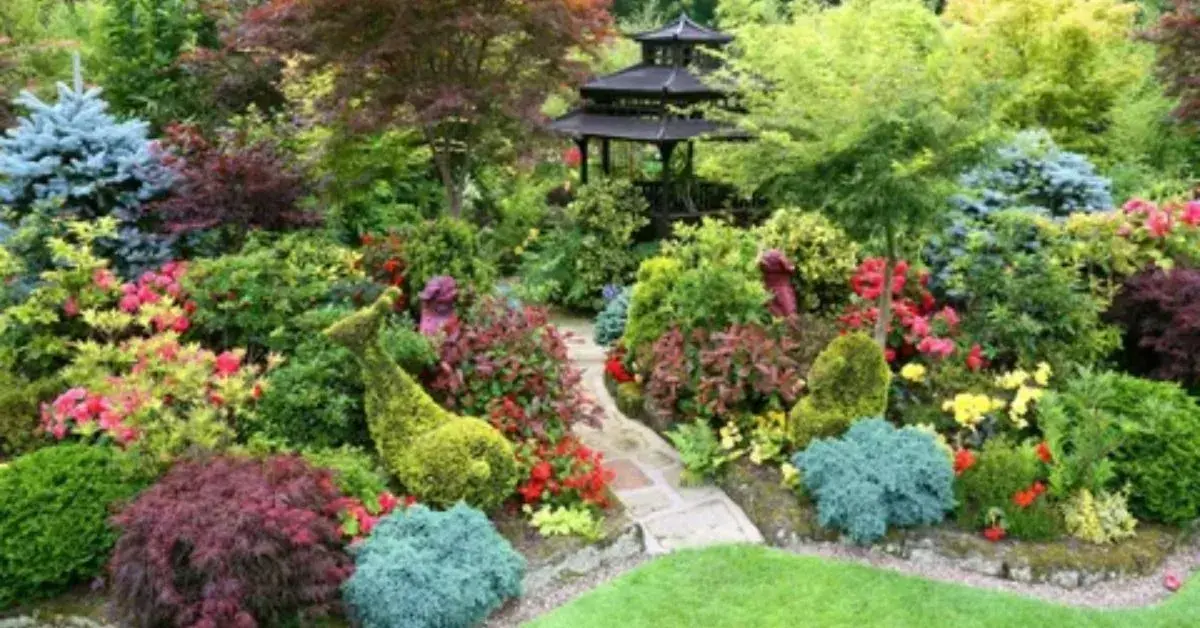You do not require a green thumb to form dazzling open air spaces. The proper Shrub can turn any yard into a breathtaking haven that neighbors will envy. These flexible plants offer year-round magnificence whereas requiring negligible complains.
Think of shrubs as your garden’s backbone. They provide structure when flowers fade and leaves fall. Unlike delicate annuals that demand constant attention, quality shrubs establish themselves quickly and reward you with decades of reliable beauty. They’re the workhorses that keep giving.
We’ve handpicked ten uncommon bushes that convey greatest affect with least exertion. Each choice offers one of a kind benefits – from dangerous spring blossoms to brilliant drop colors. Whether you’re planning your to begin with plant or reviving an set up scene, these champions will lift your open air living involvement easily.
How to Choose the Right Shrub Plants
- Assess your climate zone Check your USDA hardiness zone first. You don’t want to fall in love with a shrub that won’t survive your winters.
- Evaluate sunlight conditions Count how many hours of direct sun each planting area receives daily. Full sun means 6+ hours, partial shade is 3-6 hours.
- Test your soil type Grab a handful of moist soil. Sandy soil crumbles easily, clay soil holds together, loamy soil feels just right.
- Consider mature size That cute little shrub might grow 8 feet tall and wide. Always check the plant tag for full-grown dimensions.
- Think about maintenance needs Some shrubs need regular pruning and fertilizing. Others practically care for themselves once established.
- Plan for seasonal interest Choose shrubs that offer multiple seasons of beauty. Spring flowers, summer foliage, fall colors, winter berries, or interesting bark structure.
- Factor in your garden’s purpose Do you need privacy screening, foundation planting, or colorful focal points? Match the shrub to its intended job.
Top 10 Shrub Plants Overview
- Hydrangea – Massive summer blooms in multiple colors. Thrives in partial shade with consistent moisture. Perfect for dramatic focal points.
- Boxwood – Classic evergreen for formal gardens. Slow-growing and shapeable. Excellent for hedges and topiary work.
- Butterfly Bush – Attracts pollinators with fragrant flower spikes. Fast-growing and drought-tolerant once established. Blooms summer through frost.
- Azalea – Explosive spring bloomer in nearly every color. Prefers acidic soil and morning sun. Many evergreen varieties available.
- Lavender – Aromatic herb with silvery foliage and purple spikes. Mediterranean charm meets practical pest control. Drought-tolerant and deer-resistant.
- Rose of Sharon – Late summer blooms when other flowers fade. Tolerates poor soil and urban conditions. Available in single or double flowers.
- Spirea – Graceful arching branches covered in spring flowers. Low-maintenance with excellent fall color. Perfect for mass plantings.
- Weigela – Tubular flowers attract hummingbirds in late spring. Colorful foliage varieties add extra interest. Adapts to various growing conditions.
- Forsythia – Bold yellow early spring blooms before leaves emerge. Fast-growing screen or specimen plant. Extremely cold-hardy.
- Viburnum – Four-season interest with spring flowers, summer berries, fall color. Many native species support wildlife. Incredibly diverse genus with options for every garden.
Hydrangea
These stunning bloomers produce massive flower clusters that steal the show from summer through fall. You’ll discover assortments in pink, blue, white, and indeed green – with a few changing colors based on your soil’s pH levels. They’re shockingly intense once set up and can handle both sun and halfway shade.
Read More : Beautiful Apple Trees Variety You Can Grow
Hydrangeas work delightfully as establishment plants or sensational central focuses in blended borders. The dried blossom heads see ravishing in winter courses of action as well. Fair allow them steady dampness and observe them compensate you with blossoms that can reach dinner-plate measure.
Boxwood

Boxwood brings immortal style to any scene with its thick, evergreen foliage and compact development propensity. You’ll shape these flexible bushes into idealize circles, supports, or topiary perfect works of art. They’re inconceivably slow-growing, which suggests less pruning work for you.
These classic wonders flourish in both full sun and halfway shade whereas enduring different soil conditions. Boxwood makes shocking borders around blossom beds and includes formal structure to casual gardens. They’re also deer-resistant, making them culminate for zones where natural life browsing may be a issue.
Butterfly Bush (Buddleia)
Nothing pulls in butterflies very like buddleia’s fragrant, cone-shaped bloom spikes. These fast-growing bushes blossom from summer until the primary ice, creating blooms in purple, pink, white, yellow, and profound burgundy. You’ll have a steady parade of pollinators going by your plant.
Butterfly bushes are inconceivably low-maintenance and drought-tolerant once built up. They lean toward full sun and well-draining soil but aren’t picky approximately much else. Essentially cut them back difficult in late winter, and they’ll bounce back with energetic modern development and copious blossoms.
Azalea
Azaleas provide an unstable spring appear that changes whole scenes into living magnum opuses. Their trumpet-shaped blossoms come in about each color but genuine blue, making thick carpets of dynamic blossoms. Numerous assortments are evergreen, giving year-round structure and intrigued.
These acid-loving bushes incline toward morning sun with evening shade and reliably sodden, well-draining soil. Plant them in bunches for greatest affect, or utilize them as shocking examples close entryways. A few assortments offer the reward of drop foliage color and winter berries.
Lavender
Lavender combines excellence, scent, and common sense in one culminate bundle. Its silvery-gray foliage and purple blossom spikes make a Mediterranean vibe whereas pulling in useful pollinators. The fragrant oils repulse numerous plant bugs actually, making it an great companion plant.
This drought-tolerant herb flourishes in full sun and well-draining soil, making it idealize for xeriscaping or low-water gardens. Collect the blooms for blend, cooking, or custom made sachets. Lavender moreover makes amazing border plants and works flawlessly in shake gardens or holders
Shrubs #6–#10 Highlights
Our remaining five shrubs offer incredible diversity for every garden need and climate zone. From the fiery fall colors of burning bush to the winter berries of winterberry holly, these selections extend your garden’s seasonal interest. Each brings unique characteristics that solve specific landscape challenges.
These final picks include both evergreen and deciduous options, ensuring you’ll find perfect matches for sunny spots, shady corners, and everything in between. They’re all proven performers that established gardeners recommend time and again. Your local nursery likely stocks most of these reliable favorites year-round.
Tips for Planting and Maintaining Shrubs

| Task Category | Essential Tips | Best Timing |
| Site Preparation | Dig holes twice as wide as the root ball but same depth. Loosen surrounding soil to encourage root spread. | Fall or early spring |
| Soil Amendment | Mix native soil with 30% compost. Avoid heavy amendments that create drainage issues. | Before planting |
| Planting Depth | Keep the root flare slightly above ground level. Planting too deep kills more shrubs than drought. | During installation |
| Initial Watering | Water deeply but less frequently. Soak root zone thoroughly, then allow soil to dry slightly between waterings. | First year establishment |
| Mulching | Apply 2–3 inches of organic mulch. Keep mulch 6 inches away from the trunk to prevent pest issues. | After planting, refresh annually |
| Pruning | Remove dead, damaged, or crossing branches first. Prune flowering shrubs right after blooms fade for next year’s flowers. | Late winter or post-bloom |
| Fertilizing | Use slow-release fertilizer in early spring. Over-fertilizing creates weak, pest-prone growth. | Early spring before new growth |
| Winter Protection | Wrap tender shrubs with burlap in harsh climates. Water evergreens before ground freezes to prevent winter burn. | Late fall before first hard freeze |
| Pest Monitoring | Check regularly for early pest signs. Healthy, properly spaced shrubs resist most problems naturally. | Weekly during growing season |
| Spacing Guidelines | Plant shrubs ½ to ¾ of mature width apart. Crowded shrubs develop disease and compete for resources. | Planning and planting phase |
| Transplanting | Move established shrubs when dormant. Root prune one season ahead for better transplant success. | Late fall or early spring |
| Deadheading | Remove spent flowers to encourage continued blooming. Leave seed heads on shrubs that provide winter bird food. | Throughout blooming season |
Frequently Asked Questions
When’s the best time to plant shrubs?
Fall is ideal for most shrubs since cooler weather reduces transplant shock. Early spring works too, but you’ll need to water more frequently during establishment.
How often should I water newly planted shrubs?
Water deeply 2-3 times per week for the first month, then gradually reduce frequency. Established shrubs typically need watering only during dry spells.
Do I need to fertilize shrubs every year?
Most shrubs don’t need annual fertilizing. A slow-release fertilizer every 2-3 years is plenty. Overfertilizing actually weakens plants and attracts pests.
Can I plant shrubs in clay soil?
Yes, but improve drainage first. Mix in compost and plant slightly higher than ground level. Many shrubs like viburnum and spirea actually tolerate clay quite well.
How do I know if my shrub is getting enough sunlight?
Check the plant tag requirements, then observe your space. Leggy growth, few flowers, or pale leaves usually indicate insufficient light for that particular variety.
Conclusion
These ten exceptional shrubs offer everything you need to create a stunning landscape that thrives year after year. From hydrangea’s show-stopping blooms to boxwood’s timeless elegance, each selection brings unique beauty while requiring minimal fuss. You don’t need decades of experience to succeed with these proven performers.
Remember that successful shrub gardening starts with matching plants to your specific conditions. Consider your climate zone, soil type, and available sunlight before making selections. The right shrub in the right location will reward you with decades of reliable beauty and seasonal interest.
Start small with two or three varieties that appeal to you most. Master their care, then gradually expand your collection as confidence grows. Your future self will thank you for investing in these living treasures that increase property value while creating outdoor spaces you’ll love spending time in.




